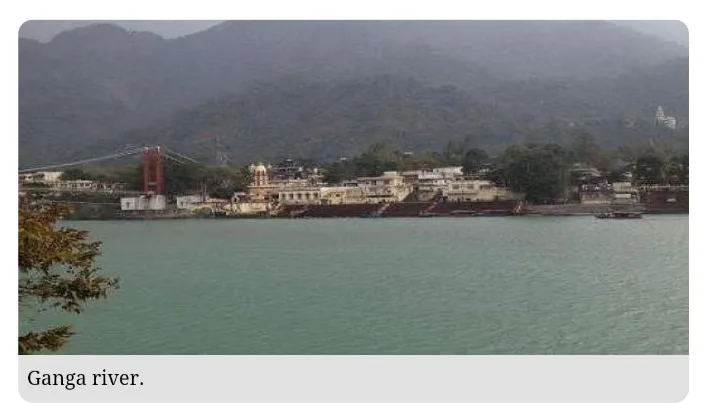New Delhi: In a significant development, the Union Cabinet, chaired by Prime Minister Narendra Modi, granted approval for the construction of a new 4.56 km long, 6-lane bridge spanning the River Ganga. The bridge will connect Digha and Sonepur in Bihar, addressing vital transportation needs and fostering economic growth in the region.
The estimated cost for the project stands at Rs 3,064.45 crore, with Rs 2,233.81 crore allocated for civil construction, as per the official statement released today.
“The bridge will make traffic faster and easier, resulting in the overall development of the state, especially north Bihar,” highlighted the statement.
The proposed bridge, designed as a high level/extra dosed cable-stayed structure, will run parallel to the existing Digha-Sonepur Rail-Cum Road Bridge on the western side. Digha, situated on the south bank of the Ganga River in Patna, and Sonepur, on the north bank in Saran District, are presently connected by a rail-cum-road bridge that accommodates only light vehicles.
The current limitations prevent the transport of goods and commodities, acting as a significant economic blockade for the region. The new bridge is poised to eliminate this constraint, enabling the efficient movement of goods and unlocking the economic potential of the area.
The project, to be executed on an Engineering, Procurement, and Construction (EPC) model, will leverage advanced technologies like 5D-building information modelling (BIM), bridge health monitoring system (BHMS), and monthly drone mapping to ensure construction and operational quality. The timeline for completion is set at 42 months from the appointed date.
“This bridge will provide direct connectivity from Patna to Golden Quadrilateral corridor via NH-139 at Aurangabad and Sonepur (NH-31), Chhapra, Motihari (East-West corridor old NH-27), Bettiah (NH-727) in the Northern side of Bihar,” the statement emphasized.
Highlighting the project’s broader significance, the statement noted its inclusion in the Buddha circuit. The economic analysis of the project revealed promising results, with an economic internal rate of return (EIRR) of 17.6 per cent in the base case and 13.1 per cent in the worst-case scenario, attributed to the anticipated savings in distance and travel time.







